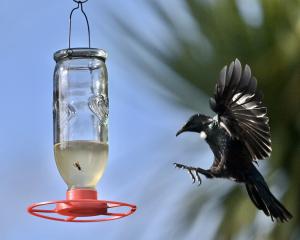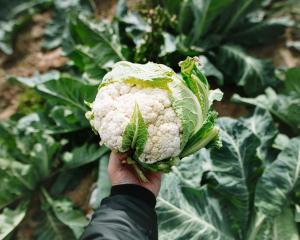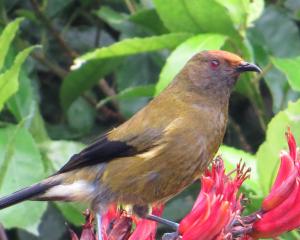Spring may seem a long way off but planning - and buying - new plants and bulbs now guarantees the best show. Gillian Vine suggests some bulbs and perennials for southern gardens.
After such a miserable summer, Otago and Southland gardeners may wish they lived further north but there are compensations, as some of the best spring-flowering bulbs and plants are happiest in the South.
1 For planting under deciduous trees, narcissi are still tops but be aware that some modern varieties do not naturalise well, so it's better to stick to proven types, such as Ice Follies or Pheasant's Eye.
2 Tulips grow better in the South than in any other part of New Zealand, so it is regrettable that once-flourishing commercial tulip growers have disappeared. Tulips multiply readily if grown in rich, sandy soil in a sunny spot. The colour range, which encompasses every hue except blue, means there are tulips for every garden. Striped Monsella is one of the fastest doubles to multiply. Choosing early, mid-season and late varieties gives a longer display.
3 Camassias are useful bulbs to plant at the back of a bed, as flower spikes grow up to 1.8m tall. Flowers are usually white or pale blue but deeper blues and purples are sometimes available from specialist nurseries. Unlike most bulbs, they are not good as cut flowers. At the other end of the scale, sizewise, at 10cm tall is Chionodoxa, or glory-of-the-snow. The most familiar is mid-blue with a white eye, but there are also pure blues and pinks. All grow happily in a sunny or semi-shady spot if they have well-drained soil to which leaf mould has been added.
4 Fast-multiplying fritillarias include the large crown imperial lily (Fritillaria imperalis), with its distinctive smelly foliage and yellow or orange flowers, but the best of the bunch is the snake's head fritillary (Fritillaria meleagris), whose pendant blooms have beautiful checked patterns. A close second is F. camchatcensis, which has flowers of darkest maroon. Although bulbs cost up to $2 each, F. meleagris and F. camchatcensis both multiply rapidly if grown in humus-rich soil in a shady corner.
5 Not a bulb but a perennial that stores saps in its fleshy roots that ooze red juice when cut, bloodroot (Sanguinaria canadensis Flore Pleno) has pretty little double flowers. A hardy plant for a damp, semi-shaded spot, bloodroot is North American in origin. Its flowers are followed by grey-green, kidney-shaped leaves. There is also a less impressive, rarely seen single variety.
6 Rather difficult to obtain but well worth the search for their extraordinary flowers, Paris species are members of the Trilliaceae family, which includes trilliums.Paris grow well in similar woodland conditions to trilliums, so give them moist soil rich in humus. Plants can be divided in autumn or grown from seed.












